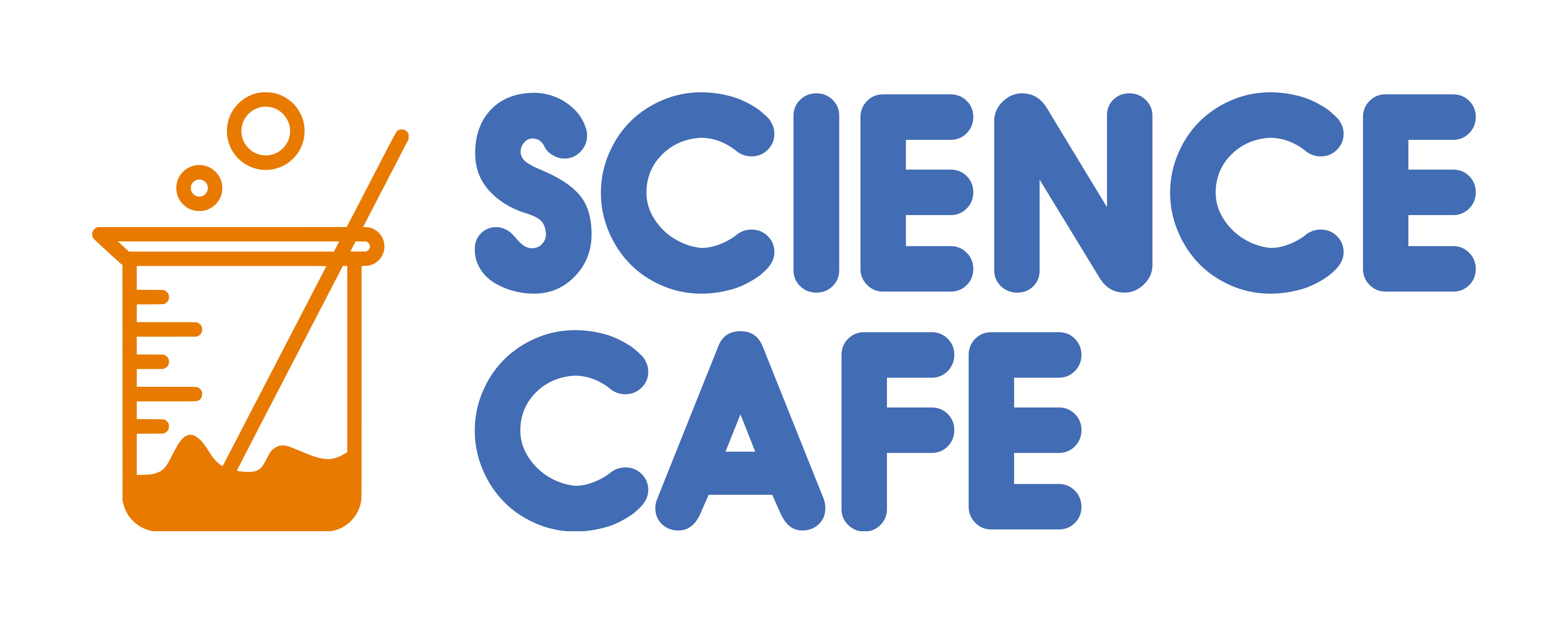Keyboard exams: the hidden equity shift in assessment design
Keyboard exams: the hidden equity shift in assessment design
In the ongoing conversation about inclusive education and equitable assessment, a recent UCL study has dropped what feels like a quietly seismic insight: when students write exam essays using keyboards instead of pen, their scores jump significantly. The Guardian This isn’t a footnote; it’s a signal that medium matters—and that assessment design must confront its bias.
The study and its import
Under mock exam conditions, 156 state school pupils wrote essays both by hand and on keyboards. The results were striking:
All students saw score improvements of ~17 % when typing
Students with diagnosed learning challenges saw a ~14 % lift, The Guardian
Keyboard users also produced far more text: over 50 % more words (and 31 % more for those with difficulties)
Those extra words allowed more opportunity to develop ideas, refine arguments, and demonstrate breadth and depth
As examination boards move toward digital GCSEs and A-levels (Edexcel by 2030, AQA by 2027), this research arrives at exactly the right (or wrong) time. The Guardian The shift to online assessments is not only technical — it's pedagogical and ethical.
Why the medium isn’t neutral
Traditional pen‑and‑paper exams assume parity in handwriting speed, motor fluency, spatial layout skills, and physical stamina. But writing is not a uniform skill. Neurodiverse learners, or those with challenges in fine motor or executive function, frequently struggle to transcribe their ideas quickly enough — even when their thinking is solid.
A faster typing baseline advantage compounds inequality. The study suggests that typing isn’t just convenient, but also an amplifier, providing more time for ideation, revision, structure, and expression. In effect, keyboard exams reward fluency in transcription nearly as much as fluency in argument.
Designing better assessments, not just new ones
If we accept the insight, what follows must change:
Typology of responses
Allow hybrid modes (typed, voice-assisted, segmental entry)
Use modular prompts where students can tackle discrete chunks
Let revision or redrafting be part of the exam time
Equitable access to devices and training
Schools must provide laptops (or tablets) and typing instruction well in advance
Universal touch-typing modules should be embedded in the curriculum
Practice assessments in the same medium that students will use
Rubric and design sensitivity
Recognise that longer responses aren’t just word count — quality matters
Let scoring reward coherence, insight and structure, not just volume
Use adaptive or scaffolding supports (text organisers, prompts) that reduce load
Transition and hybrid models
During transition periods, allow both pen and typed modes
Monitor outcomes, disaggregate by student profile to detect new inequality patterns
A fresh framing: medium as inclusion infrastructure
The shift from ink to keyboard is more than “digital transformation.” It’s an inclusion infrastructure. If we continue to design exams around an old default (pen), we preserve hidden barriers. The digital future gives us a chance to reconstruct the baseline — to say that expression and analysis should matter far more than transcription speed.
When educational systems retrofit inclusion onto legacy formats, barriers persist. However, if we design from an inclusion-first perspective — where medium, layout, access, and transcription support are integral — we stand a better chance of assessments that honestly evaluate the thinker, not the pen.
This keyboard insight invites us to ask: in our rush to digitise, are we simply porting inequities onto a new canvas? Or are we willing to reimagine assessment so every student writes not about their limitations, but their ideas?
In our presentation at the ADHD UK Conference on 2nd October, we discussed this and many other issues related to revision and inclusion for learners. You can catch the replays as soon as they are released: https://globaladhd.com/



